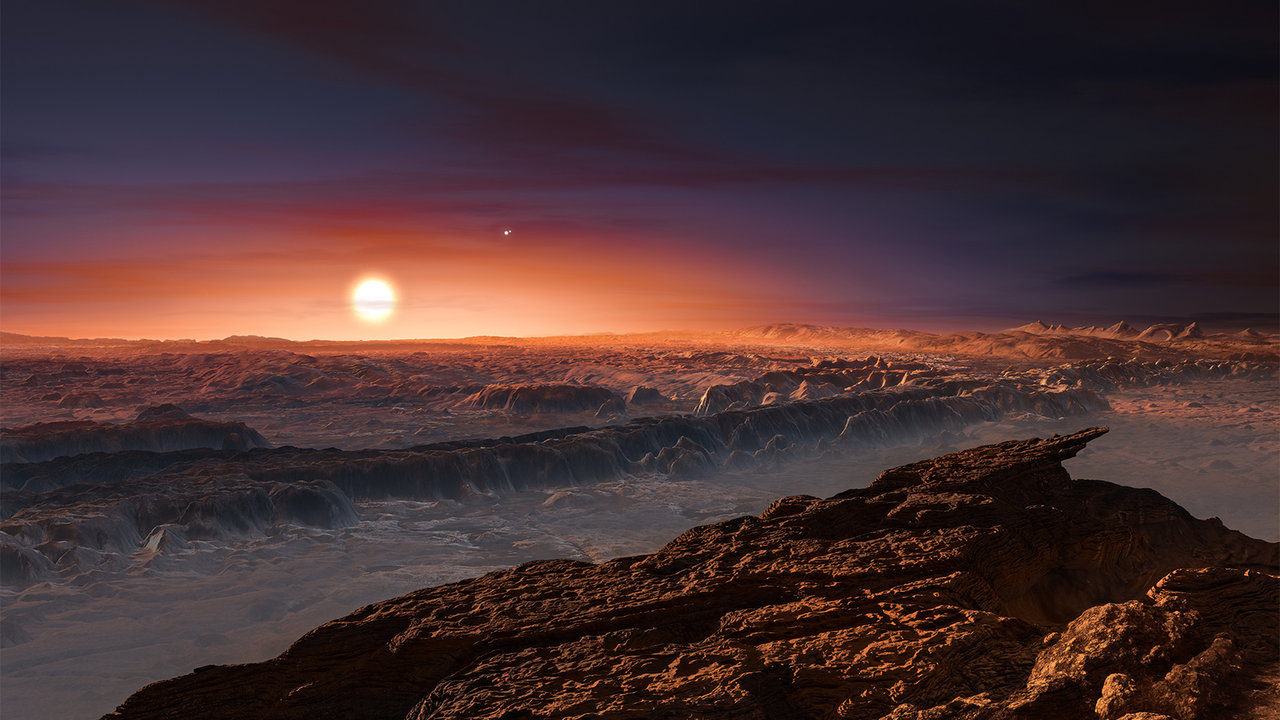ASTRONOMY DOMINE
CIELO, ASTRONOMIA Y OTRAS MARCIANADAS
viernes, 3 de noviembre de 2017
martes, 6 de junio de 2017
Explicación: ¿Qué hay en el cielo este verano? El gráfico da algunos de los aspectos más destacados para el hemisferio norte de la Tierra. Visto
como una esfera de reloj centrada en la parte inferior, los eventos de
principios de verano del cielo se abren hacia la izquierda, mientras que
los eventos de finales de verano se proyectan hacia la derecha. Los
objetos relativamente cercanos a la Tierra se ilustran, en general,
como más cerca de la figura de dibujos animados con el telescopio en el
centro inferior - aunque casi todo se puede ver sin un telescopio. Lo
más destacado del cielo de este verano es que Júpiter será visible
después de la puesta del sol durante el mes de junio, mientras que
Saturno será visible después de la puesta del sol durante el mes de
agosto. Un agrupamiento cercano de la Luna, Venus y la estrella brillante Aldebaran ocurrirá a mediados de julio. A principios de agosto, los picos de lluvia de meteoros Perseidas. Seguramente,
el evento astronómico pendiente más famoso que ocurrirá este verano,
sin embargo, será un eclipse total del Sol visible sobre una franja fina
y libre de nubes a través de los EE.UU. el 21 de agosto.
Para ver el original (en inglés): Astronomy Picture of the Day
jueves, 25 de agosto de 2016
ESO discovers Earth-size planet in habitable zone of nearest star
This artist’s impression shows a view of the surface of the planetPr oxima b orbiting the red dwarf star Proxima Centauri, the closest starto the solar system. The double star Alpha Centauri AB also appears inthe image. Proxima b is a little more massive than the Earth and orbitsin the habitable zone around Proxima Centauri, where the temperature is suitable for liquid water to exist on its surface.
Credit: ESO/M.Kornmesser
ESO discovers Earth-size planet in habitable zone of nearest star:
Exoplanet Exploration: Planets Beyond our Solar System. Current news,
discoveries, data, and interactive 3-D visualizations of exoplanets from
NASA.
¿Descubrimiento histórico?
The star closest to the Sun has a planet similar to the Earth. As announced yesterday, recent observations confirmed that this planet not only exists but inhabits a zone where its surface temperature could allow liquid water, a key ingredient for life on Earth. It is not yet known if this planet, Proxima b, has any life. Even if not, its potential ability to sustain liquid water might make it a good first hop for humanity's future trips out into the Milky Way Galaxy. Although the planet's parent star, Proxima Centauri, is cooler and redder than our Sun, one of the other two stars in the Alpha Centauri star system is very similar to our Sun. The featured image shows the sky location of Proxima Centauri in southern skies behind the telescope that made many of the discovery observations: ESO's 3.6-meter telescope in La Silla, Chile. The discovered planet orbits close in -- so close one year there takes only 11 days on Earth. The planet was discovered by the ESO's Pale Red Dot collaboration. Although seemingly unlikely, if Proxima b does have intelligent life, at 4.25 light years distance it is close enough to Earth for two-way communication.
Fuente: APOD: 2016 August 25 - Closest Star has Potentially Habitable Planet
Suscribirse a:
Comentarios (Atom)

